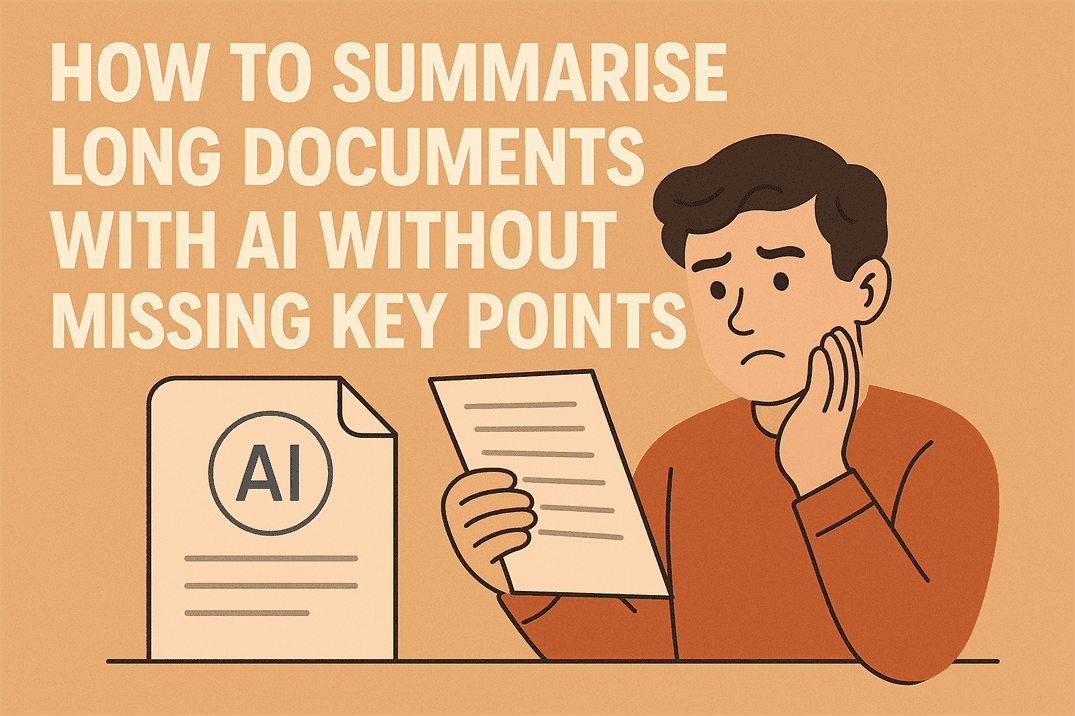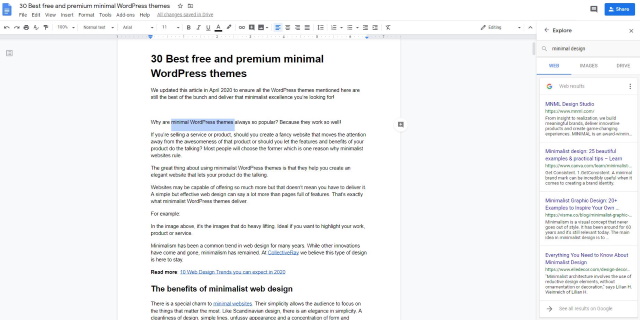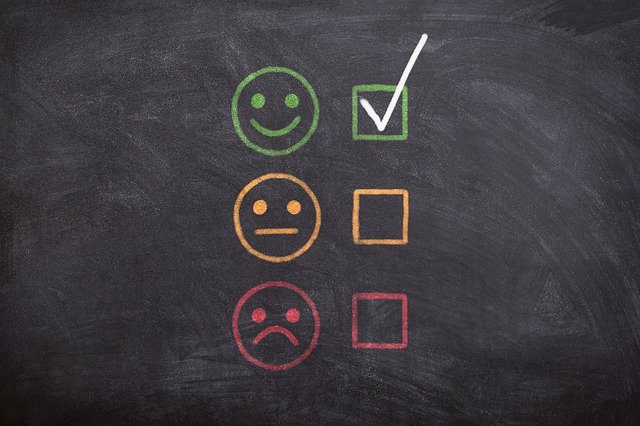Protecting your privacy in Windows 10

The arrival of Windows 10 was heralded by very little fanfare but quite a lot of delight from the IT industry and users alike. Finally, it seemed like Microsoft were giving us the operating system we wanted rather than what they wanted us to have. However, now the dust has settled and the installs continue apace, not everything is what it seems.
Windows 10 is provided free for users of Windows 7 and 8. This marked a departure for Microsoft as they had always charged for their OS previously. Initially, thoughts were that the company just wanted everyone using it so they could leverage paid apps and licensing to recoup their investment.
That isn’t the whole story. As I used to be an IT engineer, I often do a little work here and there installing small business networks and hardware. Questions during one of these jobs prompted me to explore the subject further.
Ignoring the tinfoil hat brigade currently cluttering up tech websites with cries of foul over Windows 10 spying, there are legitimate concerns of what Windows 10 is doing behind the scenes.
We know that each install is provided with a unique advertising ID so Microsoft and its partners can send you targeted ads. We know that Windows 10 scans your hard drive and reports back on what it finds.
Cortana?as Mata Hari
We also know that Cortana records and reports on everything you tell her. According to the Windows 10 Privacy Statement and Services Agreement:
“To enable Cortana to provide personalized experiences and relevant suggestions, Microsoft collects and uses various types of data, such as your device location, data from your calendar, the apps you use, data from your emails and text messages, who you call, your contacts and how often you interact with them on your device.
Cortana also learns about you by collecting data about how you use your device and other Microsoft services, such as your music, alarm settings, whether the lock screen is on, what you view and purchase, your browse and Bing search history, and more.?
Microsoft is sharing
Who reads a Privacy Statement and Services Agreement anyway? Especially when it runs to 45 pages like the one for Windows 10 does. Microsoft says it is clear and understandable by anyone. Anyone with a bar qualification and a day on their hands to read it that is. Here it is if you have the patience for it.
One element of that agreement that I find most troubling is the very broad rights Microsoft assigns to itself.
“We will access, disclose and preserve personal data, including your content (such as the content of your emails, other private communications or files in private folders), when we have a good faith belief that doing so is necessary to protect our customers or enforce the terms governing the use of the services.”
Attended install
If you’re thinking of trying out Windows 10, go ahead by all means. It is an excellent OS with a lot to offer. While still incomplete as far, there is enough new here to make an upgrade worthwhile, even if you’re using Windows 8.1.
However, you should definitely pay attention to the installation options. Check out this excellent piece at Ars Technica for much more of that.
It’s not all bad
While there is a lot to be annoyed about with Windows 10, it isn’t as bad as some of the media makes out. While Windows does report back to Microsoft HQ, it doesn’t seem to be for nefarious reasons. The advertising ID is just to target ads at you. If you disable it you will still get ads, just random ones.
While Windows can scan your hard drive, there is nothing to say it will or that Microsoft will do anything about it if it finds anything that shouldn’t be on there. It’s a bit like GCHQ scraping all of our emails and SMS. Just because they have them, doesn’t mean they will read them. Nobody likes them being collected but there isn’t much we can do about it apart from not use the technology.



